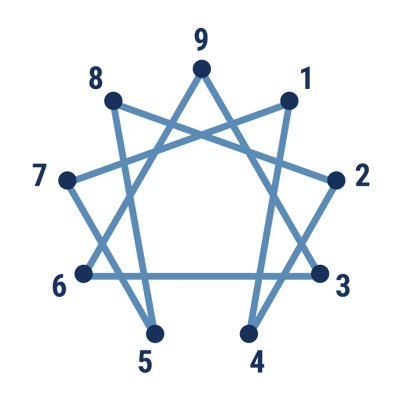If we work with people long enough, we tend to form certain beliefs, assumptions and biases about them that sometimes can hinder our ability to be objective when working with them. Let’s look at some examples of this:
A manager who has worked with an employee for 18 years still tells the story of 5 years ago when he had a “difficult’ time in his life and his work was negatively impacted. The manager holds off on giving him work for “fear it will set him off again” or believes he can’t handle anything new or different.
An employee gets emotional at times and so a manager sees the employee as sensitive and tempers everything to avoid getting the employee upset.
Employees experience a manager as hyper-critical — always seeing the bad and wrong — never the good and even though the manager has worked really hard to see the good and what’s right, employees still feel “on egg shells” with the manager.
Neuroscience teaches us that we develop “grooves” or neural pathways that get built over time and form “automatic” and repetitive beliefs, responses and behaviors. No wonder we lose our objectivity! In working with employees and managers, we’ve seen it sometimes challenging to change how you see, respond to and work with others. But the good news is that these neural pathways can be altered or we can just hop off one pathway and create a new one but what makes us want to? That’s the question. It is “comfortable” knowing what you get when you work with someone but this week we are challenging you to see your co-workers, employees, managers or, even, family members in a different way. What are you not seeing? What holds you or them back because of how you “see” each other? What are the possibilities and opportunities being missed because you or the other has a limited view of who you or they are?
Here’s an exercise to try this week …. Tell us what happens on our Facebook page.
Relate to everyone you encounter this week as if it is the first time you are meeting them.
Be curious to learn about them for the first time.
Notice something “new” about them.
Pay attention to the assumptions you make about them.
Try something new with them and see what happens.
Mary Anne and Theresa



